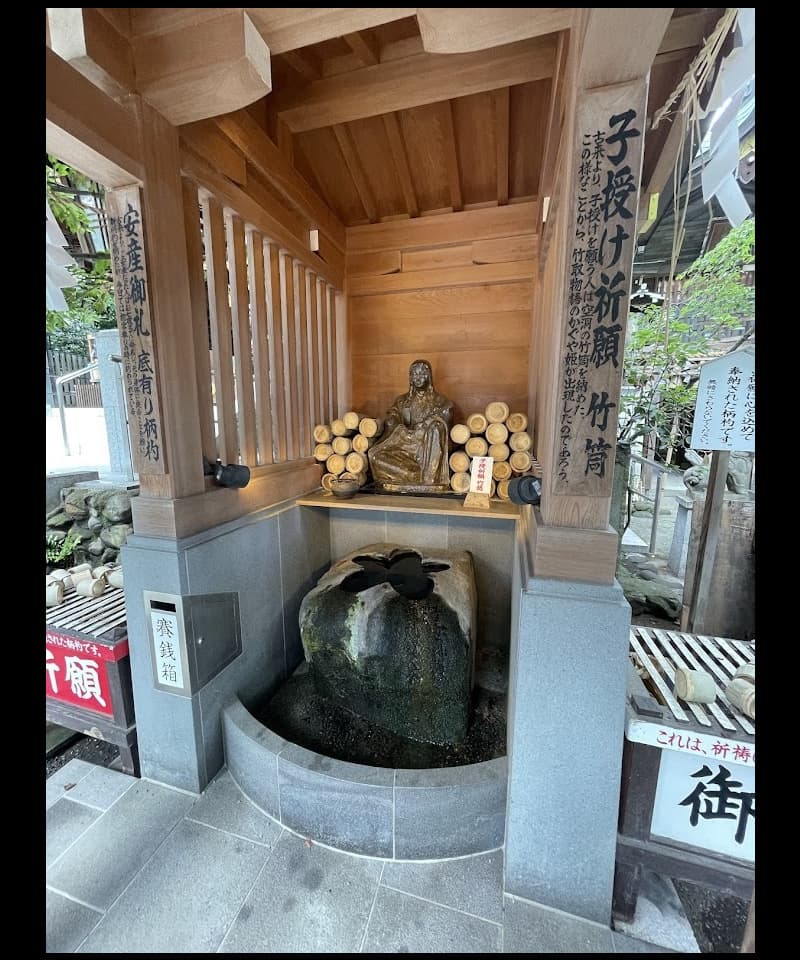
千二百五十年の歴史、
時の天皇のお后様の御安産祈願。
About Koyasujinja
Koyasu Shrine is said to have been founded in the third year of the Tenpyo Hoji era (759) by a man named Tachibana Ukyo no Shoyu to pray for the safe delivery of the wife of the emperor at the time. The enshrined deity is Konohanasakuyahime, who in mythology is known as a goddess who gave birth safely in a delivery room that she herself set on fire.
As a result, Koyasu Shrine is revered to this day as a shrine for safe childbirth.
It has also been deeply revered by military commanders since ancient times, and when Minamoto no Yoshiie descended upon Oshu, he planted zelkova trees in the shape of a boat in prayer for victory in battle, and even today many zelkova trees grow within the shrine grounds.The zelkova trees planted in the shape of a boat eventually became a forest, and the name "Funamori" remains as a place name to this day, such as Funamori Park and Funamori Nursery School adjacent to Koyasu Shrine.
.
In the early modern period, the shrine received red seals from successive Shogun families starting with Tokugawa Iemitsu, and therefore the crest of the shrine is the three-leaf hollyhock, the family crest of the Tokugawa family.
In 1872, the government granted the shrine the status of a village shrine, and in 1943, it was elevated to a village shrine. *This system of shrine status has now been abolished.
Restoration from two fires
In 1897, an unprecedented fire occurred in Hachioji, and the main building of Koyasu Shrine was completely burned down. However, the main hall of Kotohira Shrine, located behind the main building, was built using earthen storehouses, so it was not destroyed by fire, and it remains the same as when it was first built in the Edo period. *The worship hall was expanded in the Showa period.
After that, the main building of Koyasu Shrine was rebuilt, but it was again completely burned down in an air raid during World War II. It is a very valuable building that is used to surround the shrine.

